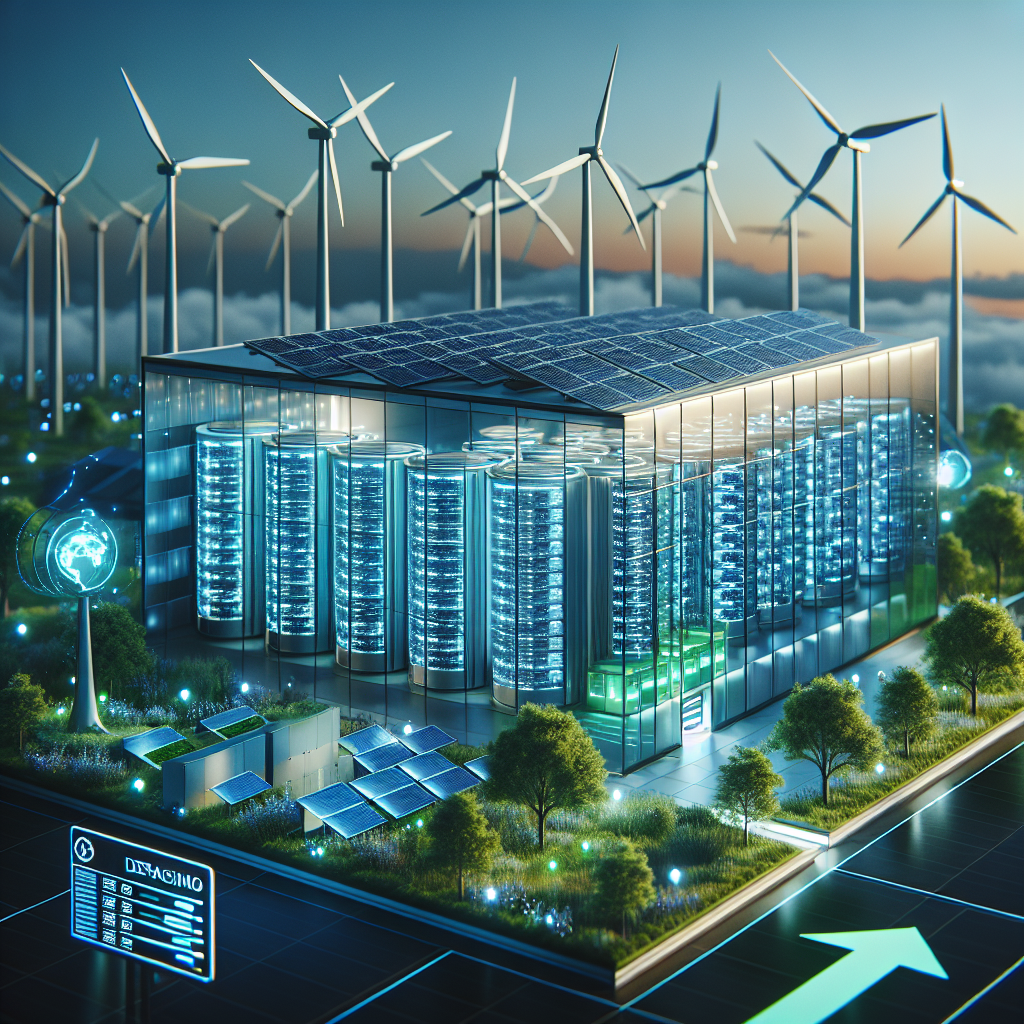Fix today. Protect forever.
Secure your devices with the #1 malware removal and protection software
In today’s digital world, data centers are the backbone of our technological infrastructure. These facilities house the servers and networking equipment that power everything from social media platforms to e-commerce websites. However, running a data center comes with a hefty energy cost. According to a report by the U.S. Department of Energy, data centers in the United States consume about 2% of the country’s total electricity.
With concerns about climate change and the growing demand for data storage, it’s crucial for data center operators to prioritize energy efficiency and sustainability. By implementing strategies to reduce energy consumption, data centers can not only minimize their environmental impact but also save on operational costs in the long run.
One of the key strategies for creating a sustainable data center is optimizing cooling systems. Data centers generate a significant amount of heat, which must be efficiently removed to prevent equipment from overheating. Traditional cooling systems, such as air conditioning, can be energy-intensive. However, newer technologies like liquid cooling and hot aisle/cold aisle containment can significantly reduce energy consumption. By carefully designing the layout of server racks and implementing efficient cooling solutions, data centers can minimize their cooling costs while maintaining optimal operating temperatures.
Another important aspect of energy efficiency in data centers is optimizing server utilization. Many data centers operate at only a fraction of their maximum capacity, leading to wasted energy. By implementing virtualization technology and consolidating servers, data center operators can increase the efficiency of their infrastructure and reduce energy consumption. Additionally, implementing power management tools that automatically adjust server power settings based on workload can further optimize energy usage.
Renewable energy sources can also play a significant role in creating a sustainable data center. By investing in solar panels, wind turbines, or other renewable energy technologies, data centers can reduce their reliance on fossil fuels and lower their carbon footprint. Some data centers have even achieved carbon neutrality by offsetting their energy consumption with renewable energy credits or purchasing carbon offsets.
In addition to these technical strategies, data center operators can also promote sustainability through their procurement practices. By choosing energy-efficient equipment, such as servers and networking gear with high Energy Star ratings, data centers can further reduce their energy consumption. Additionally, implementing energy management systems that monitor and control energy usage can help data centers track their progress towards sustainability goals.
Creating a sustainable data center requires a holistic approach that considers energy efficiency, renewable energy, and environmentally conscious practices. By implementing these strategies, data center operators can reduce their environmental impact, save on operational costs, and contribute to a more sustainable future.
Fix today. Protect forever.
Secure your devices with the #1 malware removal and protection software

Leave a Reply
You must be logged in to post a comment.